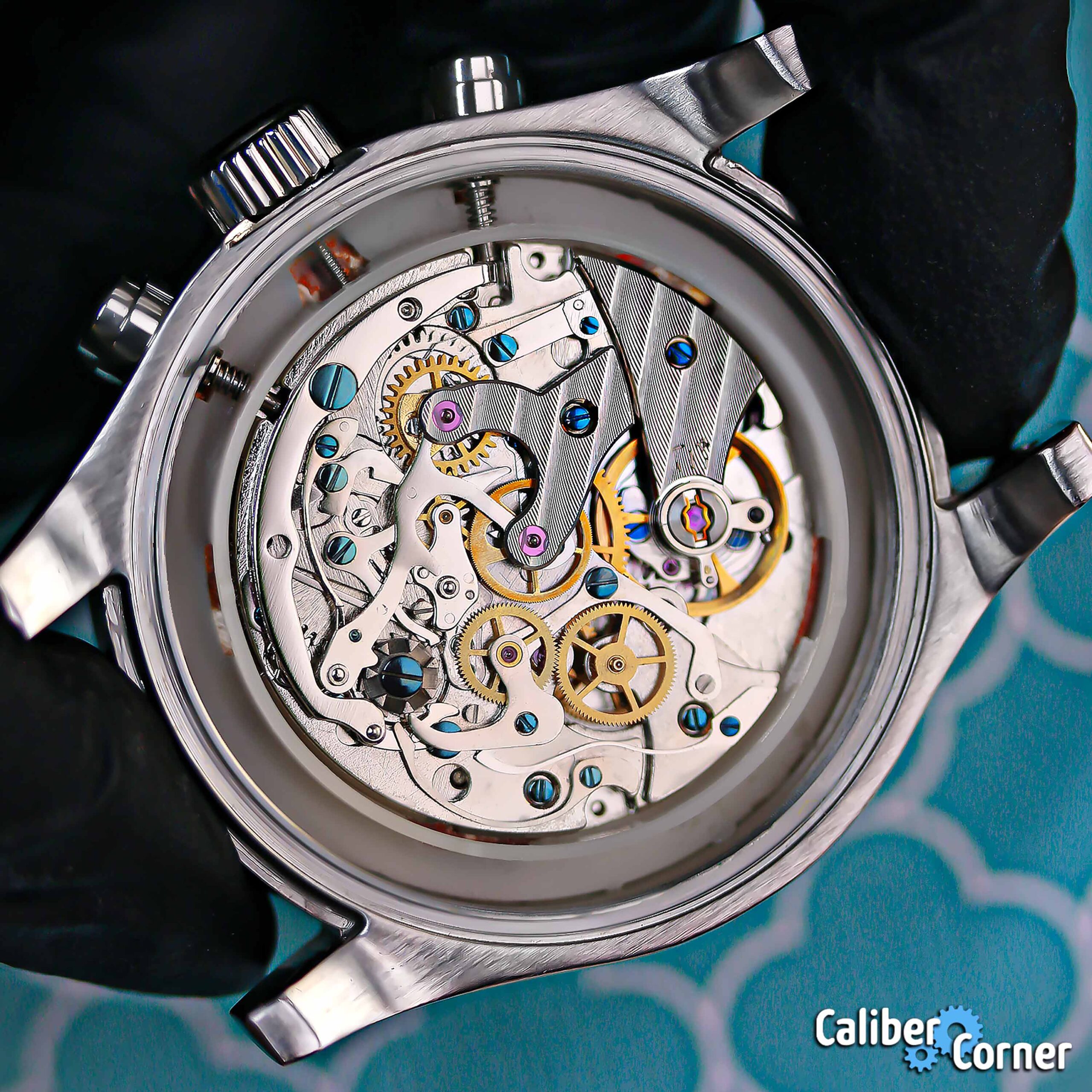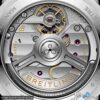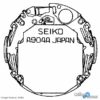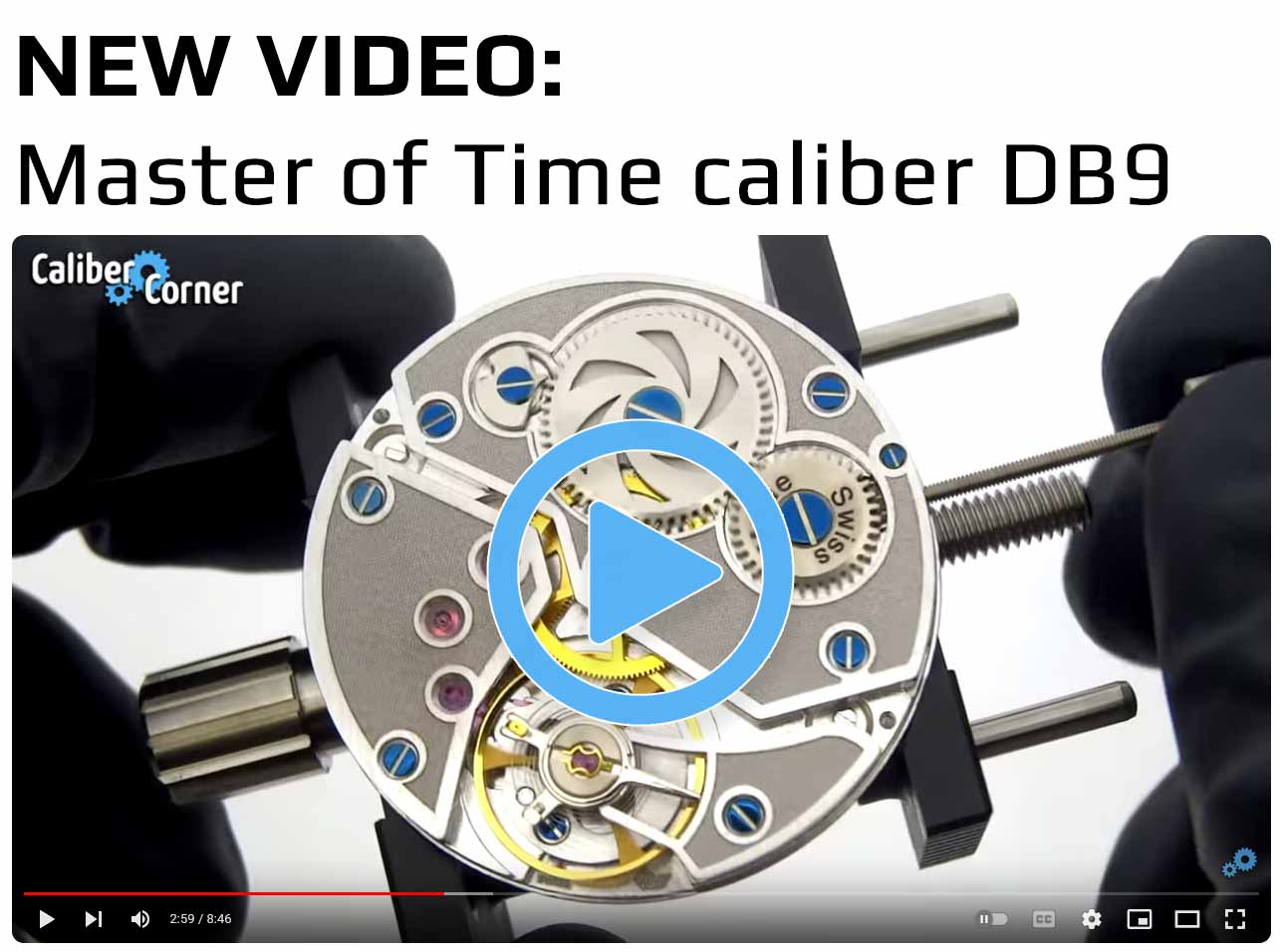
The amplitude (AMP.) of a watch movement indicates sufficient energy transmission. Amplitude is found by measuring the rotation in which the balance wheel of a running watch swings back and forth. It is measured in degrees and is a great way to check the mechanical health of your watch, and more specifically the mainspring’s ability to deliver needed power.
This is how Witschi, a well-known Swiss manufacturer of testing equipment, describes amplitude in their documentation:
The amplitude is the angle from the equilibrium (idle position of the balance wheel) up to the maximum distance (turning point). The amplitude values of today’s popular wristwatches are located at about 260° – 310°. With increasing aging of the oils, this value decreases gradually.
How to Measure Amplitude?
A timegrapher is needed to get a precise measurement of amplitude. To get an accurate reading of the watch’s amplitude, you will need to know the correct lift angle of the watch. Most of the caliber listings on Caliber Corner have this information listed in the specs chart.
Amplitude should be measured with the movement fully wound. Because amplitude can vary depending on the dial position of the watch, you will want to test in multiple positions. Amplitude is typically higher in dial up position and lower in vertical positions.
Note: If you have an Omega watch with a Co-Axial escapement, you will need a timing machine that is compatible with coaxial movements (such as this one) in order to get a correct amplitude reading.
Incorrect Lift Angle = Inaccurate Amplitude Reading:
Just to reiterate: you must set the correct lift angle in the timing machine or your AMP readout will be inaccurate. This is why it is frustrating when movement manufacturers or watch companies do not provide the correct lift angle to the public.
The image above was the timegrapher with a Sellita caliber SW300-1 (cased in a Sinn watch) on the machine. The lift angle was left at 52 degrees, but the actual lift angle of the caliber is 51 degrees. After setting the correct lift angle in the settings, the AMP reading dropped to 228 degrees from 239. That was just 1 degree difference in the lift angle, now imagine what happens when it is several degrees off. Keep this in mind!
Normal Amplitude Range:
The exact numbers are often debated in the community, and it depends on the caliber, but excellent amplitude is said to be within 270-315 degrees on modern watches.
You may see acceptable amplitude as low as 200 – for example, some Sellita calibers such as the SW300-1 mentioned above, have an acceptable amplitude range of 200-215.
Amplitude of 360 degree means the balance wheel is completing a full circle rotation.
Low Amplitude – A low amplitude reading can indicate issues with the mainspring. Lower amplitude often means that insufficient energy is being transmitted to the escapement. Watches with low amplitude generally lose time.
High Amplitude – High amplitude can cause what is known as knocking or rebanking (knocking the banking?). This can cause damage to the roller jewel from knocking against the other side of the pallet fork.
Additional Resources:
- Witschi: Test and Measurement Technology here

 network of watch sites
network of watch sites














Recent Comments
I hate the g10-212 movement and think that is worthless and also the watches that…
Is there any feedback on the quality of this movement? General reliability, timekeeping, serviceability etc
This movement does not have hacking seconds.
I just ordered a Jen Mayen. The LJP movement in this watch is the Soigné…
Not off topic at all, Wes. Thank you for contributing to the topic. You are…
Slightly off topic: Is the hairspring on the B20 actually silicon? I thought the silicon…
Pagani Design PD1701 "Moon Watch" homage Pagani Design PD1676 Daytona "Newman" homage PD1676 runs +1…